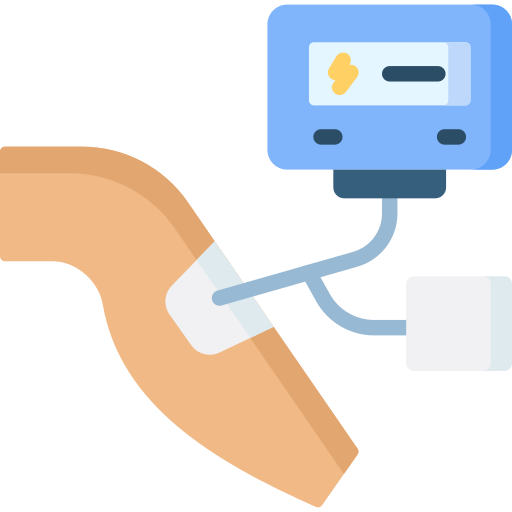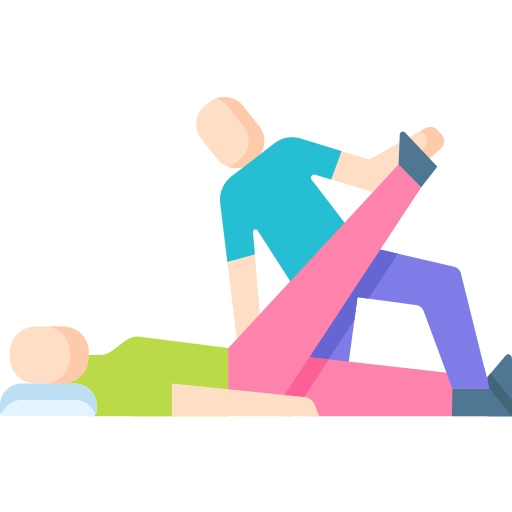

The project aimed the analysis of the specific training needs of potential users in order to focus on the most important needs of professional development of physiotherapists. A questionnaire was prepared and applied to physiotherapists. By this questionnaire, the most commonly used parameters of the current (such as type, frequency, duration, etc.) were determined.
Read MoreThe open access course module was developed with regarding the information that was obtained from project results 1. This open access course modules can also be used as a clinical key for electrical stimulation in physiotherapy and rehabilitation. In the project, 5 open access modules and introduction section were prepared. Introduction Module 1: health...
Read MoreThe guidebook of open access course was developed with regarding the information obtained from O1 and literature. The learning material was structured according to a competency based learning approach. Each partner translated it their native language.
Read More
Electrotherapy is the use of electrophysical agents for both evaluation and treatment in a broader context today. The terms “Electrotherapy” and “Electrophysical Agents” are interchangeable terms in the use of any of the electrophysical agents applied externally to the human body for evaluation and treatment. The electrotherapy has been used for many years i...
Read MoreAlthough ES approaches are widely being used in physiotherapy and rehabilitation, unfortunately there is no standardization even in definitions, such as ES, neuromuscular ES, transcutaneous ES, somatosensorial ES...etc. The differentiation in definitions and treatment protocols (frequency, intensity, etc…) limit the gain of high quality evidence despite the ...
Read More


.png)








The project is divided into six work packages: Work Package 1 (WP1): WP1 based on the analysis of the specific training needs of physiotherapist in order to focus the course on the most important needs of their professional development. A questionnaire was prepared and applied to physiotherapists in partners’ countries. The most commonly used parameters (ty...
Read MoreThere are very few studies in the literature on ES with a high level of evidence, which may cause a confusion in the clinician who wishes to apply ES to the patient. The use of applications with low evidence value may have negative consequences on patient recovery. This situation creates a cost on both the patient and the country's economy. As a result of th...
Read More

